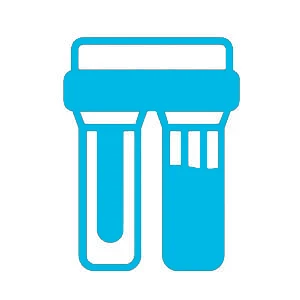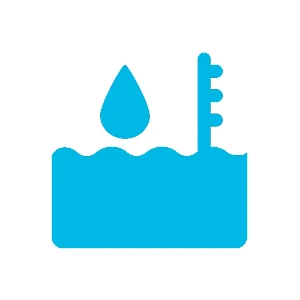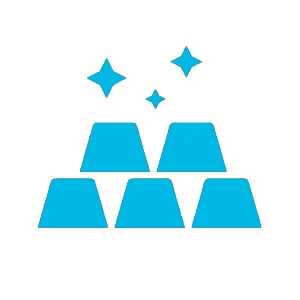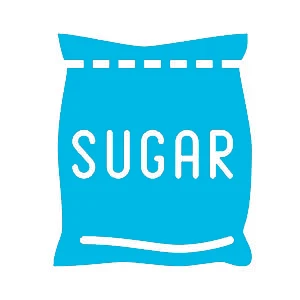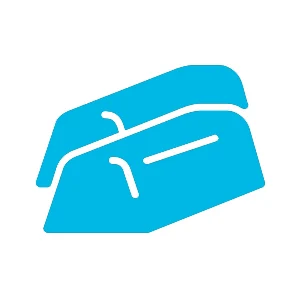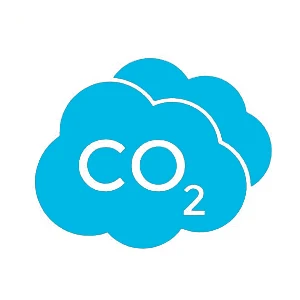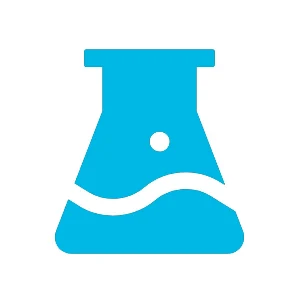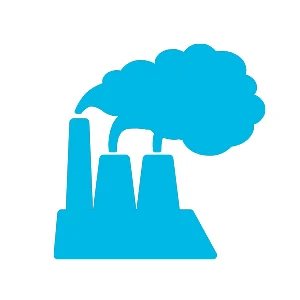Applications
Contact Us
Office Add:Room201,Unit2,Building7th,Huarunyuefu,No.27ChangxingSd, Wanbailin District,Taiyuan,Shanxi PR.China.
7.Gold Refining
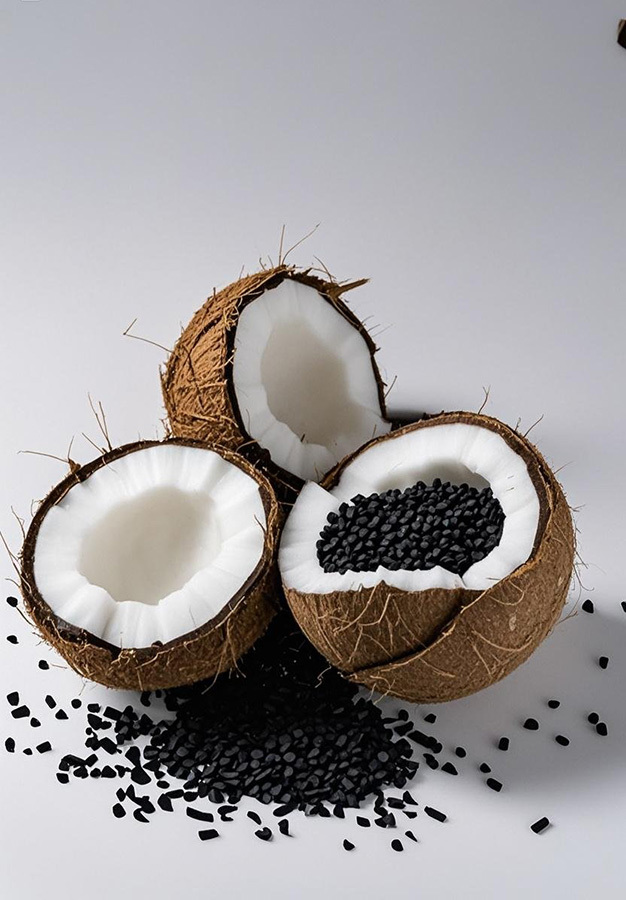 Activated carbon achieves efficient enrichment of gold through the synergistic effect of physical adsorption (micro-pore interception of gold-cyanide complexes) and chemical adsorption (formation of coordination bonds between surface oxygen-containing functional groups and Au(CN)⁻).
Activated carbon achieves efficient enrichment of gold through the synergistic effect of physical adsorption (micro-pore interception of gold-cyanide complexes) and chemical adsorption (formation of coordination bonds between surface oxygen-containing functional groups and Au(CN)⁻).
Targeted adsorption target: The gold-cyanide complex [Au(CN)₂]⁻ formed after cyanide dissolution.
Pore matching:
a. Micropores (<2nm) : Dominant adsorption of small molecules [Au(CN)₂]⁻ (molecular diameter approximately 0.5nm);
b. Mesopores (2-50nm) : Enhanced auxiliary diffusion rate and reduced clogging.
Activated carbon in gold smelting is not only a "gold-absorbing carrier", but also a core node in resource recycling - from replacing imported hawthorn core carbon to regeneration and activation, its innovative applications continuously drive the industry to upgrade towards high efficiency and green development.
|
The key performance requirements of activated carbon |
||
|
Performance category |
Core index |
Action specification |
|
Adsorbability |
Gold adsorption capacity (>4kg/t) |
The micropore volume >0.4cm³/g determines the upper limit of the gold loading capacity |
|
Mechanical strength |
Wear resistance rate >95%, compressive strength >10MPa |
Resist the erosion of pulp and reduce the loss of gold caused by pulverization |
|
Dynamics performance index |
Adsorption rate constant (k>0.5min⁻¹) |
The proportion of mesopores over 30% enhances the diffusion efficiency |
|
Reproducibility |
Iodine value recovery rate >90% (after hot regeneration) |
Steam activation (800℃) restores activity and can be recycled 5 to 8 times |
Note: Coconut shell based activated carbon has been the traditional first choice due to its excellent pore size distribution and low ash content (<3%). However, hawthorn kernel carbon (domestic) has a 15% increase in wear resistance and a 30% reduction in cost, gradually replacing imports.

|
The application process of activated carbon in gold refining |
||||||
|
Process type |
Applicable ore |
Activated carbon type |
Core process |
Adsorption efficiency |
Applicable scale |
Typical case |
|
Heap leaching method |
Low-grade oxidized ore (open-pit mining) |
(GAC, 2-4mm) |
Spray cyanidation → Carbon column adsorption → desorption electrolysis |
Gold carrying capacity: 4-6kg/t |
Medium and small-sized (< 100,000 tons/year) |
Inner Mongolia heap leaching Project |
|
Carbon slurry Method (CIP) |
High-sulfur primary ore |
Coconut shell/Hawthorn kernel carbon |
Grinding → Cyanidation → carbon adsorption tank → Tailings separation |
Recovery>96%
|
Large-scale (> 500,000 tons per year) |
Shandong Zhaogold Group |
|
Charcoal Immersion Method (CIL) |
Fine-grained intercalated ore |
High-strength coal-based carbon |
Leaching and adsorption occur simultaneously |
The cycle is shortened by 30%. |
large and medium-scaled |
The Mponeng gold Mine in South Africa |
|
Desorption - electrolysis |
Gold-loaded carbon treatment |
Recycled carbon is reused |
Desorption of hot alkali cyanide solution → Electrolytic deposition of pure gold |
The purity of gold is 99.5% |
All adsorption processes are matched |
Industry-general standard |







